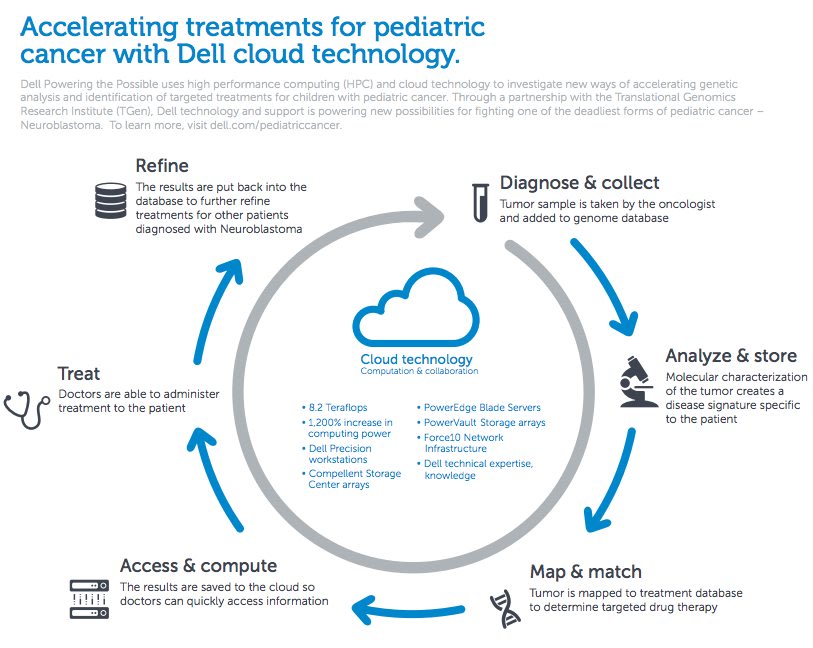The English Premier League is by the far the most well known and richest league in the world. For participating teams, everything is at stake. EPL attracts the best talent from all over the globe and clubs spend astronomical sum to hire players in hopes to improve or maintain their ranking and many a times only to avoid being at the bottom – which would mean relegation to the lower ranked league. Clubs spend big money to boost their team-sheets and many spend close to 94% of their total earnings disbursing players’ salaries.
Spotting a great talent is a huge undertaking for every club. All clubs employ talent spotters who travel around the globe to find the right players at best price. Until recently their technique was pretty old fashioned – spend hours watching lower league matches in hope of finding a rising star that would change their clubs’ fortune. But now these talent spotters are facing a tough competition from new age data analytics firms, such as Prozone and Opta, which collect realms of (massive) data and sell that to Football clubs for a fee. These Performance analysis systems, as they are known in the industry, use digital cameras to track every movement of every player, and this information is then used to produce the most precise player tracking systems available and they log every tackle, pass and goal, typically collecting 2000 or so events per match.
The objective information captured by these tools offer a completely new perspective on a player's performance. Take Gareth Bale, last season’s outstanding EPL player. Many of his talents are obvious and easy to spot: he is strong, fast with the ball, and scores lots of long distance shots. But crunching data suggests other attributes that are equally important. Gareth regularly intercepts opponents’ passes and makes many successful ones himself. The fact that he is good at getting and keeping the ball contributes a lot to his team’s defence. And this helps Tottenham Hotspur, his club, as much as his actual goals do.
Tottenham isn’t the only big club taking making the use of big data to analyze team’s performance. Chelsea, another top EPL club, has data for all the players playing in top 15 leagues across the world. Liverpool has also recruited a data scientist in the last year. Similarly Real Madrid, a top Spanish football club, has access to performance data form all major leagues. And it was only after analyzing Gareth's performance via one of these data analytics tool, real Madrid decided to offer a cool $133 million and add another shining star in their galacticos ensemble.
While big data and data analytics tools will not replace scouts entirely, one thing is for sure – data analytics, and big data in particular, will increasingly play an ever crucial role in identifying raw and hidden talent and will help many clubs save their place in their respective football leagues!!
Spotting a great talent is a huge undertaking for every club. All clubs employ talent spotters who travel around the globe to find the right players at best price. Until recently their technique was pretty old fashioned – spend hours watching lower league matches in hope of finding a rising star that would change their clubs’ fortune. But now these talent spotters are facing a tough competition from new age data analytics firms, such as Prozone and Opta, which collect realms of (massive) data and sell that to Football clubs for a fee. These Performance analysis systems, as they are known in the industry, use digital cameras to track every movement of every player, and this information is then used to produce the most precise player tracking systems available and they log every tackle, pass and goal, typically collecting 2000 or so events per match.
The objective information captured by these tools offer a completely new perspective on a player's performance. Take Gareth Bale, last season’s outstanding EPL player. Many of his talents are obvious and easy to spot: he is strong, fast with the ball, and scores lots of long distance shots. But crunching data suggests other attributes that are equally important. Gareth regularly intercepts opponents’ passes and makes many successful ones himself. The fact that he is good at getting and keeping the ball contributes a lot to his team’s defence. And this helps Tottenham Hotspur, his club, as much as his actual goals do.
Tottenham isn’t the only big club taking making the use of big data to analyze team’s performance. Chelsea, another top EPL club, has data for all the players playing in top 15 leagues across the world. Liverpool has also recruited a data scientist in the last year. Similarly Real Madrid, a top Spanish football club, has access to performance data form all major leagues. And it was only after analyzing Gareth's performance via one of these data analytics tool, real Madrid decided to offer a cool $133 million and add another shining star in their galacticos ensemble.
While big data and data analytics tools will not replace scouts entirely, one thing is for sure – data analytics, and big data in particular, will increasingly play an ever crucial role in identifying raw and hidden talent and will help many clubs save their place in their respective football leagues!!





